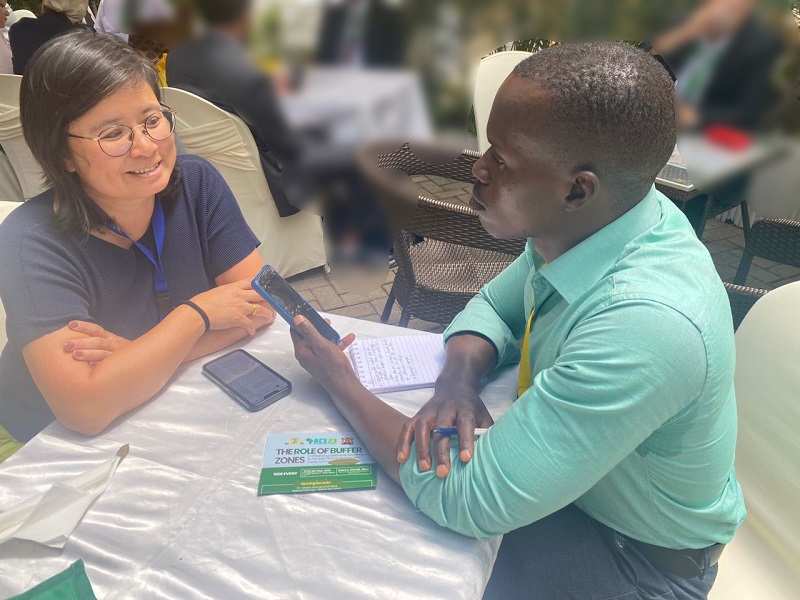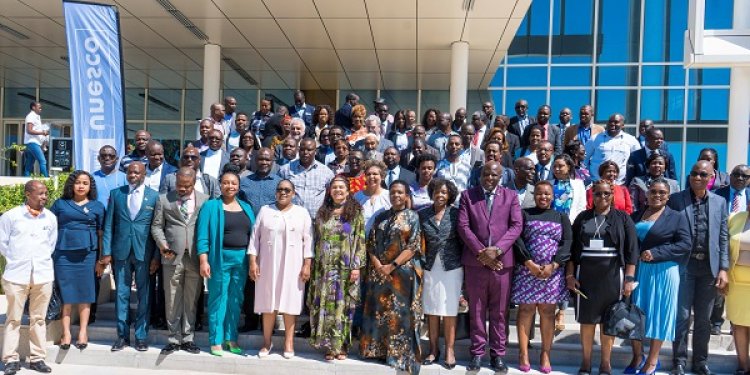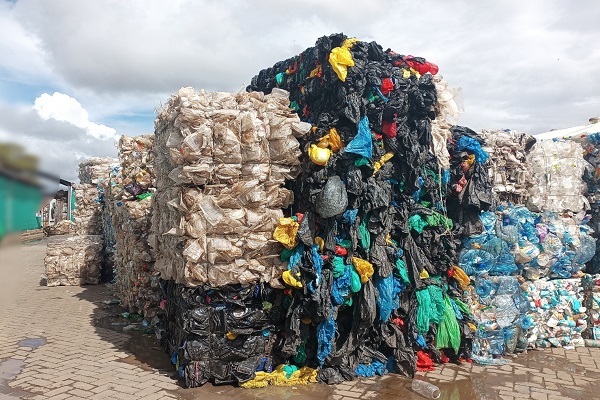Numbers of urban inhabitants have been on the rise across Africa, and in instances rapid urbanization happened without prior planning, resulting in proliferation of informal settlements that are prone to disasters.
Can authorities plan better the urban expansion in ways that make the cities immune to effects of climate change?
NewsPaper Africa spoke to Ria Hidajat, head of Resilience Initiative Africa (RIA) project, a partnership between the German Agency for International Cooperation (GIZ) and the African Union to strengthen risk-informed development in urban disaster risk management.
Below are excerpts:
——-
Some cities suffer from two or more hazards simultaneously, from climate change, diseases, conflicts to poverty, and others. To what extent does it complicate resilience building?
Many risks are overlapping, and resilience plans need to take into account the broader overview with consideration of aspects like migration, diseases and health risks, poverty and governance fragility. These are topics you need to take into account otherwise your activities will fail.
So, it makes it more complex, and it needs more partnerships. You cannot sort the problem alone. It’s a very cross-cutting issue, and it means different sectors need to be involved, and also different organizations with different mandates. There is need to join efforts and this is part of the solution for the future.
How do you plan to work around these challenges under the ongoing Resilience Initiative Africa project?
We want to make cities better prepared for different types of risks and hazards, mostly very common ones like flooding and mudslides, but also other risks like health diseases increase, or longstanding droughts that see people migrate, and then there is also potential of conflicts.
So we are promoting comprehensive approach so resilience does not only focus on one hazard because they are interrelated very often. The plan in to start with the city of Mwanza in Tanzania and Accra in Ghana and then we shall expand to other parts of the continent.
What impact do you want to see at the end of the project?
We want to create a learning and exchange platform. We have different approaches, at the Africa AUC (African Union Commission) we are supporting African Urban Resilience program, it’s an AUC program. AUC will develop guidelines for countries and cities, and we also wanted to support the UN Office for Disaster Risk Reduction as they want to enhance planning of disaster preparedness of the cities, and then the civil society network.
All these are experiences we want to process and make them available through exchange and learning platform so that target groups from different countries can access it.
We are working with Slum Dwellers International which is focusing on the local level because we think that we need to learn also from experiences from the people at local level because they are directly on the forefront when disasters hit.
How do you measure that resilience has been achieved?
It a tricky question, and our project is much on prevention. I always say you achieve your goals if nothing happens. And sometimes people say that yeah you have the project and nothing happens. I’d say that’s good because people are prepared and the losses were not so high, and that’s may be an indicator of what you achieve with the project.
But there are other indicators. For instance, we do training and workshop to support journalists focusing on disaster risk reduction. Knowledge and awareness raising is also one of the cross cutting underlying activity we support.










